Sunday 9th June 2024
I’ve just realised that the final leg of our voyage was about a year ago. It has been on my conscience that I never got round, until now, to finishing and posting this final episode of our trip. So apologies to all and especially those of you who have followed our trip from when we left Bristol in June 2015. It seems appropriate to post it now as we are at this minute sailing in the cold and windy Bristol Channel, our first sailing trip since last summer, and we plan to continue on to Cork and explore some of southwest Ireland in July.
From Antigua to the Azores
Tuesday 16th May to Sunday 4th June 2023
The best time to cross from the Caribbean to the U.K. and Europe is late May and June. April is too early, with a high risk of Atlantic storms, and you should clear out of the Eastern Caribbean well before July, which is the start of the hurricane season there. The marinas and anchorages in Antigua were quiet when we arrived in late April and had continued to empty as boats headed off towards Europe or North America, or south to Trinidad and Tobago, which is outside the hurricane belt, and beyond.
Our new rigging had finally been checked with a test sail outside the harbour and, after a few last minute preparations, Hugh and Olly cast off the lines and headed off to sea for the 18 day passage to the Azores. I watched them until they disappeared behind the headland. The forecast had suggested they should head north east initially as the easterly wind would prevent them from following a direct rhumb line. I was able to follow their track on the Garmin InReach tracker as well as use it to keep in touch through text messages. With Hugh’s daily posts on his blog as well as email I could join in the trip from the comfort of my own home. Only it was from the homes of friends and family who had kindly offered me their hospitality and a bed for the night.
I stayed with good friends Niki and John who generously let me use their house when they went up to Scotland on holiday. It was wonderful to spend a few days with my son Alex and Sarah in Bath and to give 11 month old grandson Charlie lots of cuddles. I went down to East Prawle in South Devon to stay with brother Rob, wife Mahsa and kids Lily and Dara, and sister Di and husband Mo joined us there. The weather was gorgeous with sunshine every day and temperatures in the mid 20s. I’d forgotten just how stunningly beautiful Devon is at this time of year.
Towards the end of my time at home our lovely tenants finally completed on their house purchase and moved out, so I was able to spend a couple of nights camping out on a mattress in our own home.
In the meantime our intrepid mariners slowly inched their way across the North Atlantic. I did regular weather forecasts and passage planning for them using my LuckGrib app and emailed route suggestions. They also had Des in South Africa giving daily updates and Hugh could get his own weather and passage planning via satellite using the PredictWind app.
Dynamics on board sounded very different to how Hugh and I operate. Olly was an enthusiastic, energetic sailor and quickly took over sail changes, pushing the boat for maximum speed. Hugh did most of the cooking down below as time in the galley made Olly feel seasick, whilst Olly undertook food prep in the cockpit. It sounded as though they had a great time together with some good father-son bonding. Olly did well having never undertaken a long sea passage before and for tolerating his father all that time.
The brand new and expensive anemometer which had been hastily fixed to the top of the mast by the riggers before we left was hanging from its wiring within a few days, before coming off completely, lost to the Atlantic Ocean. They were now down to an old anemometer, which was fixed to the top of a post on the transom, to measure wind speed and direction.
Olly was keen to fish and quickly caught a large yellow fin tuna. After three days of eating fish they reverted to all the prawns, chicken, veggie burgers etc in the freezer. There was certainly no problem with lack of food on Vega for this trip.
With frequent Portugese Men of War floating past the boat Olly decided not to risk a mid-Atlantic swim. Dolphins regularly visited and as Vega approached the Azores they spotted a sperm whale with its long low back and fin protruding from the waves and its characteristic blow.
The Azores – Horta
Sunday 4th to Thursday 15th June
I had arranged to fly on 4th June from Heathrow to Horta, the capital of the island of Faial in the Azores, to meet with Hugh and Olly. As the day of their arrival looked more certain I booked a flight home to Heathrow for Olly two days after this. When I landed on Faial I spoke to Hugh via the miracle of our mobile phones. Vega was at that very moment sailing past Horta airport and, looking out from the arrivals lounge, I could spot them out at sea. It was very exciting and a relief too to hear his voice and know they’d made it safely.
My plane from the arrivals lounge, with Vega passing at sea:
[easy-image-collage id=8030]My taxi was quicker getting into the town than they were to sail so I had time to drop off my bags at the hotel then hurry down to the harbour. I went into the marina office to enquire about a place for them. The exasperated manager waved his long list of yachts waiting for a space and suggested we go to a marina on one of the other islands, the marina here being completely full, with boats rafted up three deep alongside the harbour wall. The harbour where boats can also drop anchor was almost full. It was the busiest time of year for them. Not only were international yachts arriving in their numbers every day on passage from North America and the Caribbean to Europe, there were very strong winds predicted to hit in two days time so boats from all around the Azores were also taking shelter in the harbour.
As Vega arrived I clambered across some yachts tied up on the wall to shout and wave to them. It took Hugh several attempts to find space amongst the crowded boats to safely anchor. It was evening and they decided to postpone launching the dinghy to come ashore until the morning.
I was enjoying a leisurely breakfast at my hotel when a pair of disreputable looking, unshaven and rather smelly salty seadogs arrived carrying bags of unwashed laundry. Just in time for them to wolf down plates of bacon and eggs from the hotel buffet. The hotel staff were charming and acted as if it was a completely normal occurrence. Maybe it is.
I’d booked them into the hotel so we could all enjoy a hot shower and a swim in the hotel pool, with time for Olly to see some of Horta. Horta is famous in yachting circles for the paintings that yachties paint on the walls of the harbour. Not just the harbour walls, also on the jetties, the benches, the recycling bin enclosure, in fact any space that can fit a new painting. There are literally many thousands. And when they start to fade new works of art are painted over them. We later looked for ones previously done by friends in 2004 and 2006 and they were long gone.
[easy-image-collage id=8044]Horta is a charming town with narrow cobbled streets, colourful traditional Portuguese houses with terracotta roofs, a pretty park with a bandstand and impressive Catholic churches. Away from the bustle of the harbour area it was very quiet, not yet July and August which are the busy months when the Portuguese leave Lisbon for cooler climes. Faial is a popular tourist destination for whale watching and, depending on the time of year, you may encounter blue, humpback, fin, sei, false killer, minke and beaked whales on their annual migrations, as well as sperm whales which can be seen all year round.
[easy-image-collage id=8047]Olly headed off early on the Tuesday morning to get his flight back to Heathrow with a change of plane in Lisbon. Unfortunately the strong winds over the Azores had caused the late arrival of his plane. By the time he caught his flight, he’d missed the connection in Lisbon and eventually arrived home in Cardiff at 1 am, but was still back into work later that day.
We had managed to move Vega to a more sheltered spot to anchor in the harbour and spent the day on board, cleaning and fixing things after its long Atlantic passage, with the strong winds buffeting the boat. In the evening, with the winds easing a bit and feeling more confident that our anchor was holding and Vega wasn’t going to collide with any of our neighbours, we headed back for a last night in the hotel. A couple of days later a space became available to raft up on the harbour wall so we gladly moved Vega to tie up on the outside of another yacht. We had to climb over two other boats to get ashore but it was much easier than being at anchor and having to use the dinghy. Whenever one of the inner boats wanted to leave the outside boats had to move to let it out, before returning to tie up in the space vacated.
One of the boats we came across in Horta was Windsong with another British sailor Ken on board with crew Bart, a Canadian-Dutch friend. They were great company, we went out for a meal in a local restaurant and laughed all evening. Ken had spent lockdown in Indonesia and whilst there acquired a cat, Tiki, for company. They were on the way back to the U.K. having sailed due north from the South Atlantic via the Cape Verde islands, a much shorter route than we took via the Caribbean but much less comfortable as it meant beating into the wind. Halfway to the Azores an exhausted racing pigeon landed on their deck, who they named Pedro and kept in the cat’s travel basket to prevent Tiki from attacking it. According to his identification ring Pedro was from the Canaries and presumably had got lost or was having a rest on his way home. Pedro had developed a taste for salted peanuts and when Ken released it in Horta it would return every evening for its ration of peanuts. After Windsong left, Pedro was sitting on the marina gate that evening looking bereft. We continued to feed him for two days but after that he didn’t return. We like to think Pedro met some friendly local birds and had a happy life in the Azores, but perhaps he flew home to the Canaries.
We put aside two days to be tourists and to see some of Faial and the neighbouring island of Pico. With all the hire cars fully booked and the weather warm and sunny we found a scooter hire shop with a couple of spare vehicles. I’ve driven a scooter twice in my life, the first time on Corfu when I was 18 with schoolfriend Jill riding pillion. We came off on a steep, unmade road and she suffered some nasty grazes.. sorry Jill. I was certainly not going to ride pillion behind Hugh despite his assurance that he was an expert, having owned a Lambretta in his teens.
Thankfully the main roads on the island are all in excellent condition with not a pothole in sight and we enjoyed the ride up to the volcano on Faial to overlook the caldeira. The circular crater of the dormant volcano, which last erupted in 1957, was full of vegetation, its steep walls lined with moorland plants, ferns and gorse with tiny pink, purple and yellow flowers.
On the way back we started to head down a minor road through a plantation of pine trees towards the coast. As the scooter bumped over the loose scree and through potholes I was very unhappy and suggested we turn back. Hugh insisted we push on. Getting down the steep, rough, unmade road was terrifying on the two small wheels of a scooter. Never again I thought.
Hugh has fantasies of getting a motorbike once we’re home (I am hoping these remain firmly on his bucket list although he seems to already view himself as a biker). I used to own a bright orange Suzuki 185cc trail bike in my 20s to get round London but now think four wheels good, two wheels bad. By the time we had made it all the way down I was a bag of nerves and just wanted to get back to town to drop off the horrid, unstable thing. I was soon persuaded to continue on to complete a circuit of the island and in the sunshine, speeding along, wind in hair (not quite… we had helmets on) it was quite thrilling really.
The Azores, or at least the island of Faial, is unexpectedly lush as it rains a lot, with small green fields and hedgerows of blue and white hydrangeas, cows grazing in the fields and on the open moorland higher up – much of Portugal’s milk and cheese comes from the Azores. The houses are painted mostly white with terracotta roofs and everything feels spick and span, comfortable, affluent. The churches are large and solid, constructed of black volcanic rock outlined in white. There are no street beggars or signs of poverty here.
[easy-image-collage id=8157]
The following day we caught the 7.15 am passenger ferry over to the town of Magdalena on nearby Pico Island.
After breakfasting on coffee and toasted sandwiches in an outdoor cafe on the main square we collected two more scooters and set off towards the volcano.
Pico Volcano at 2000 metres is the highest mountain in Portugal and the trek from the carpark to the top takes 4 to 5 hours each way. It is possible to camp overnight at the top if you bring your own tent, sleeping bag, cooking equipment, food etc. We decided to forego the full trek and, collecting obligatory GPS personal trackers from the visitors centre, scrambled for 40 minutes up the steep and uneven path to the first stop where we ate our sandwiches enjoying the view down to the coast.
Pico is referred to as the Isla Preta, ‘Black Island’, for its black volcanic soils, which nourish the UNESCO-designated vineyards in the northwest of the island. Here the vines run riot in small enclosures surrounded by low walls of black volcanic rock. The white wine produced here has a mineral taste that reminded us of the wine from Lanzarote, also grown in volcanic conditions. We brought several bottles of our favourite wine home with us.
Bombing along the coast road in the sunshine was great fun and felt quite Roman Holiday (I’d have no problem riding pillion to Gregory Peck). I began to think a scooter would be just the job to get around town at home until I recalled Bristol traffic and weather and all the potholes.
Of course whilst in Horta we had to do our own wall painting, it is bad luck not to. Hugh found a place on one of the walls where the painting had faded beyond recognition and overpainted a white base. The final design and execution was a joint effort:
[easy-image-collage id=8052]Peter’s Sport Café in Horta is a legend amongst cruisers. Since it was founded in 1918 it has been a place of refuge for sailors on their way across the ocean. Now it is more a tourist haunt with a shop next door selling merchandise, t-shirts and hats with their logo on. The cafe’s interior is cloaked in yachting memorabilia, including a giant carved timber multi-cultural eagle above the bar which came from an American whaler.
[easy-image-collage id=8056]Above the cafe is the Scrimshaw museum, a collection of many hundreds of whale’s teeth intricately carved with people, ships, islands, mostly done by illiterate whalers. It has its origin at the time of whale hunting and was a hobby of the sailors during their long voyages.
Whale hunting in the Azores was land-based and whale watchers in towers would signal to the whalers who set off in small boats with harpoons when a pod was spotted. With the decline in whale populations blamed by the Azorians on massive overhunting by commercial whalers in large whaling ships from other countries, and a reduction in demand for whale oil, Portugal supported the International Whaling Commission’s moratorium on commercial whaling and the hunting of whales was banned here in 1984. As tourism in the Azores took off so did whale watching which is now one of the big attractions here, with peak season March to June when the biggest whales pass by the Azores on their migration routes.
The Last Passage
Thursday 15th to Monday 26th June
We had been watching the weather forecast and eventually a good window appeared for our 1,350 mile passage back to Cornwall. On the Thursday, having checked out of customs and immigration and paid our harbour fees, our neighbours on the outside of the raft, four young French people on a yacht smaller than ours, moved to let us out and we headed off to sea.
It was to be the final passage of our grand voyage and it was one of the easiest ones we’d had on the whole circumnavigation. 11 days of good winds, occasionally rougher than I’d like but never terrifying, with sunshine on most days. I felt a bit seasick for the first few days and it was cold at night… we missed the tropical weather. We cooked and ate, read and slept. We downloaded weather forecasts and passage planned every day and adjusted the sails when needed.
[easy-image-collage id=8118]I tried fishing on 3 successive days and with three different lures. There was no interest except from a couple of seabirds who swooped down on the lure as it dragged behind the boat, just under the waves. I quickly reeled it in.
We were both looking forward to getting home but terribly aware that this was the end of our Big Adventure. It had been 8 years since we first left Bristol on Vega at the start of the Voyage, although we’d made regular trips home. Covid and lockdown seemed like a long time ago.
On day 10 at sea we were approaching the Isles of Scilly, by noon passing just 10nm south of them. It was so exciting to pick up a mobile phone signal and to be able to speak to family and friends again. There were lots of other yachts around, en route from Cornwall to the Scillies or back.
As we left the Azores we’d filled in an online form for U.K. Immigration to inform them of our intended arrival and as we approached land I phoned the Yacht Line to advise of our return to the U.K. That was it, no further need to go through Customs and Immigration.
By late afternoon we were passing Lands End and along the north of the Cornish Coast, happy to see the familiar rugged coastline of cliffs backed by green fields. We had considered continuing up the Bristol Channel to Portishead marina, just outside Bristol, but with adverse winds and difficult tidal conditions, decided that rather than another overnight sail we needed a rest. A friend had recommended anchoring in Carbis Bay, around the corner from St Ives, so we gladly motored into the bay and dropped anchor. After heating a tin of cassoulet for supper we were in bed by 10pm with alarms set for 3.45am, to leave at first light for the 6 hour passage on to Padstow. Hugh was desperate for a Cornish pasty and we were both keen to spend a few days in this pretty harbour town. It seemed appropriate too as it had been the last U.K. port we had left from in July 2015.
Entry to Padstow harbour is only around high tide, at about 1100hrs that day, hence the uncomfortably early start. It is up an estuary bordered by sandy beaches and fields of sheep, dinghy racing taking place on the river. A sharp right turn takes you through the harbour gates which are only open for 2 hours either side of high water. The small harbour looked full but the harbour master had assured us he’d squeeze us in, which he did.
Padstow was full of tourists milling around the harbour eating pasties and enjoying the sunshine, so we joined them, trying not to let a predatory seagull swoop down and grab our lunch. Children were crabbing, sitting on the harbour wall dangling bated lines down into the water. Families from the Midlands, on their summer holidays, queued for fish and chips with groups of posh young men down for the sailing.
[easy-image-collage id=8095]After long-needed showers and naps we met up with David, the brother of a good friend Julia, who was also here on his boat. He was rather subdued as, while he’d been out cycling, a boy who had been swinging around a lamppost, lost his grip and fell over the side of the harbour onto David’s boat below and into the water. He’d been taken off by ambulance to hospital in Bristol and tragically died the next day.
The following day we hired bicycles and cycled the Camel Trail which initially runs along the river estuary before continuing along a disused railway line to Bodmin and beyond. We didn’t manage the whole 18 miles as we got sidetracked by the tea shop at Wadebridge and my bicycle saddle wasn’t built for comfort.
It was our 19th wedding anniversary that day and we had managed to book the last table at Rick Stein’s Café. For those of you not in the know, Rick Stein is a celebrity chef based in Padstow where he is ubiquitous to the point that the town is jokingly referred to as Padstein. He has an Hotel, a Seafood Restaurant, the Café, a Bistro, his Fish and Chip shop, a fishmongers and deli, a coffee shop, a cocktail bar, a gift shop ( where you can buy mugs, tea towels, candles etc designed by his ex-wife and his daughter-in-law), a cookery school and 16 guest rooms. Anyway we had an excellent meal (I had a cod curry and Hugh the lobster – the price included a donation to the lobster hatchery), the waiting staff were delightful and the final bill not totally unreasonable.
We left Padstow the next day, away as soon as the harbour gate opened to let out the waiting boats. It was a chilly, overcast morning and rough and windy out at sea. The wind was from the south-west now, favourable for getting up the Bristol Channel, as we headed northeast under just the genoa, jybing around Hartland Point at supper time. By the early hours we were heading along the coast of Wales, with some disagreement about the route, tides and shallows to watch out for as well as cargo ships en route to Avonmouth Docks.
My brother Rob and my son Alex with his wife Sarah and son Charlie were planning to meet us at Portishead marina as we arrived. We were early, so had to slow down but as we came into the marina lock at 2pm they were all waiting and waving, with a banner saying ‘Welcome Home’. It was so lovely to be met by family. Once we were berthed our welcome committee came on board for hugs and champagne.
[easy-image-collage id=8108] [easy-image-collage id=8110]We were back home at last!
The official homecoming.
Sunday 13th August 2023
When we first set off on our Voyage in July 2015 we had an official send-off from Bristol Harbour with friends and family waving us off and the Ambling Band playing. To mark our return home several family members joined us to motor from Portishead Marina up the River Avon, under the Clifton Suspension Bridge to Bristol Harbour, where family and friends were waiting at the lock for our arrival and the Ambling Band again played. It was a joyful day.
[easy-image-collage id=8132]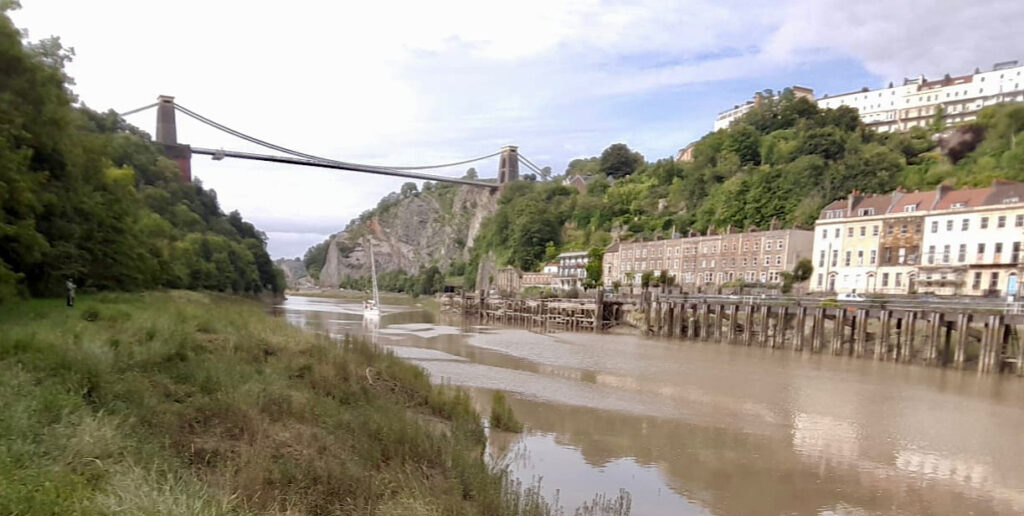
Back in the U.K.
What will we do next? Hugh is already planning more sailing. To Ireland, Scotland, the Faroe islands and the Baltic… I’m not so sure. I’m still very much a fair weather sailor and it all sounds a bit chillier than the tropics. He has plans to build a pond in our garden, take up watercolour painting, help son Olly with the land he’s bought in the Brecon Beacons, buy a motorbike (I am expecting this to remain firmly on the bucket list). I’m looking forward to getting back into playing saxophone, trying to get a bit fitter, perhaps doing a course to stop my brain atrophying, doing some voluntary work. We are both looking forward to moving back into our house and spending more time with family and grandchildren.
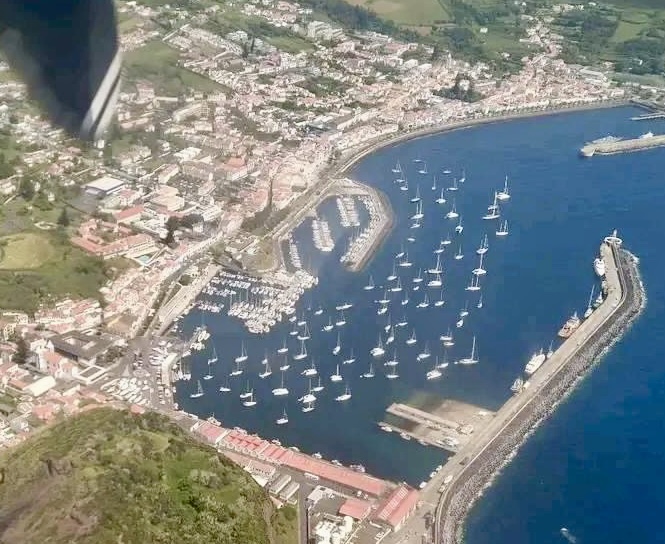
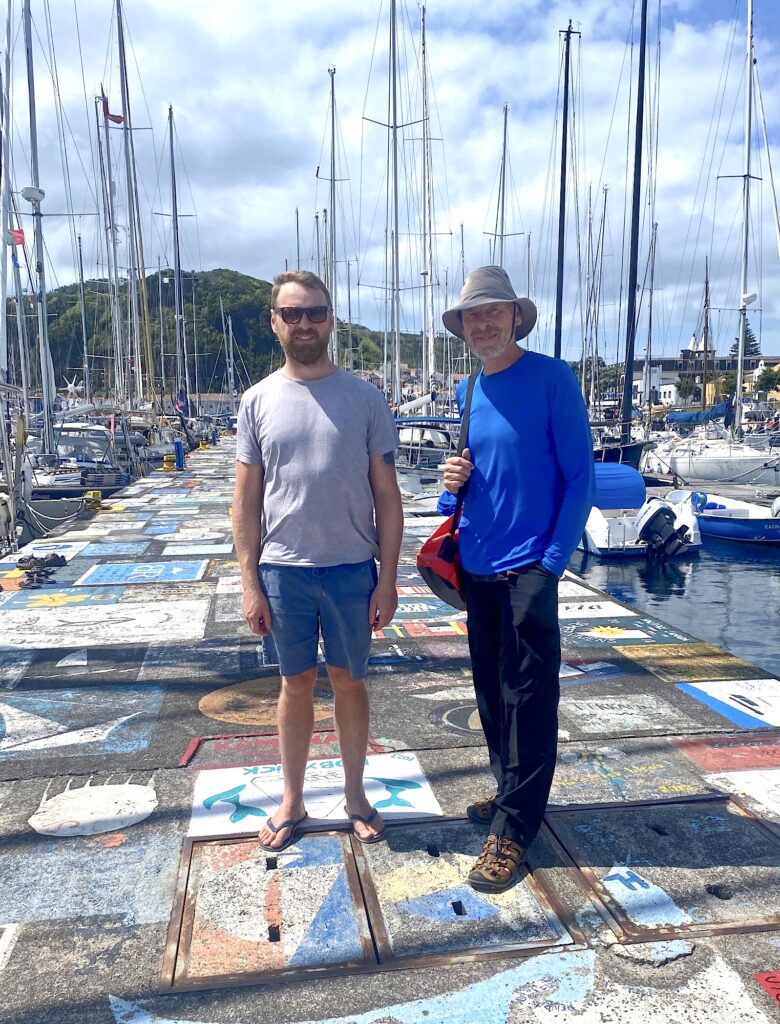
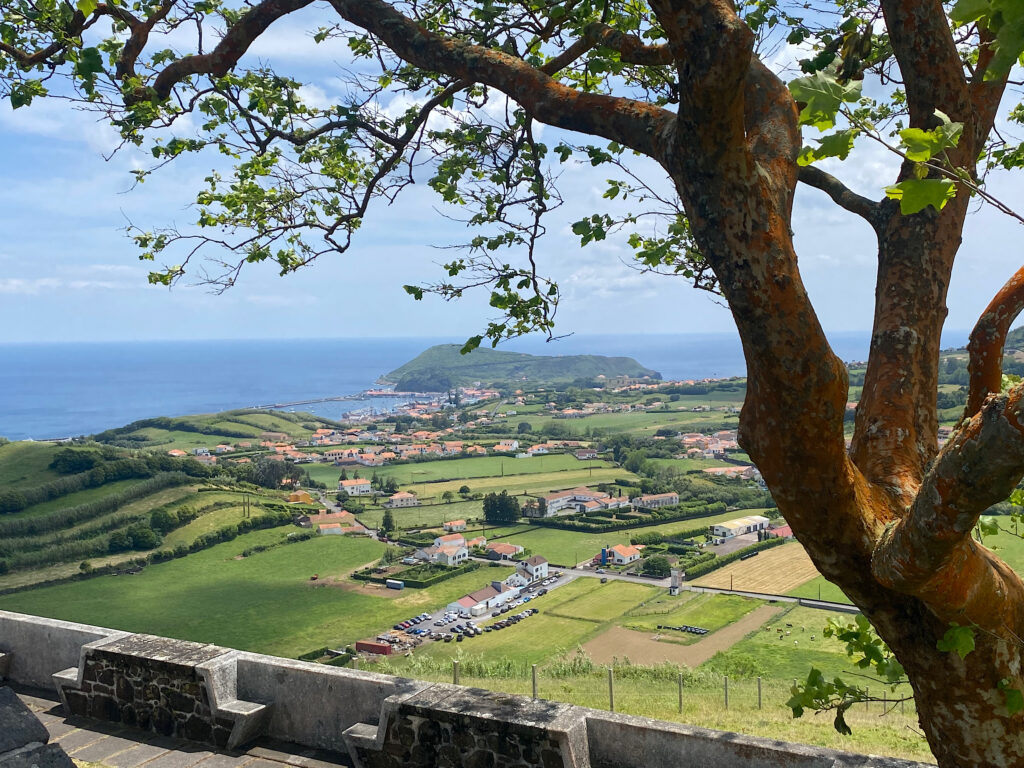
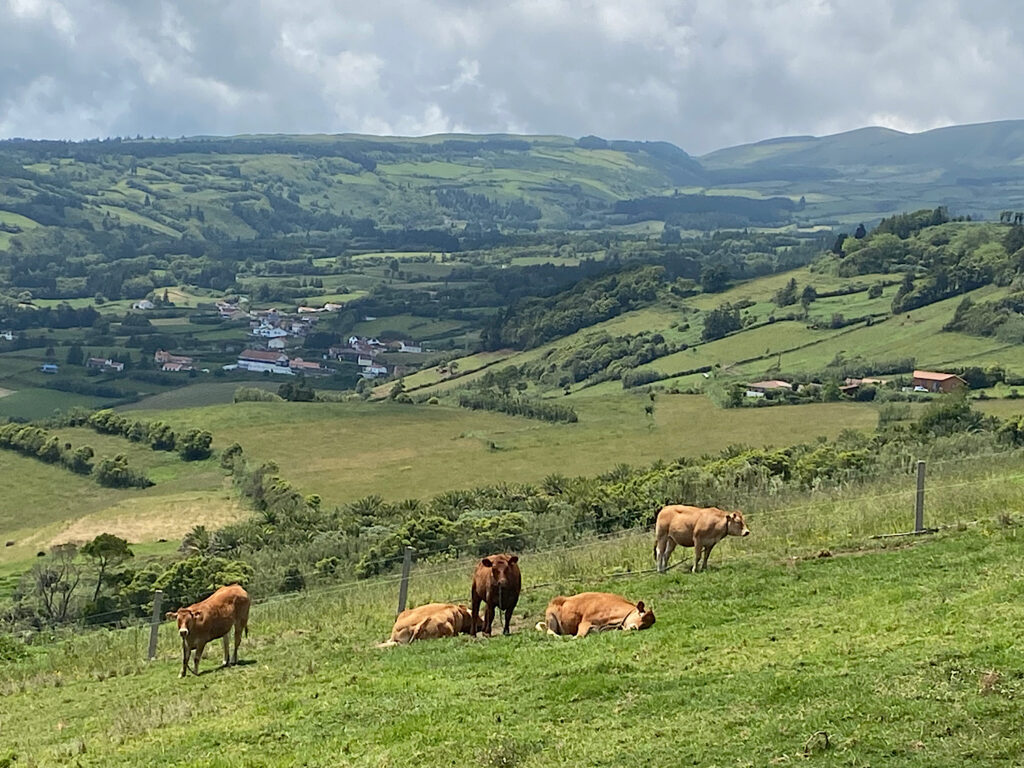
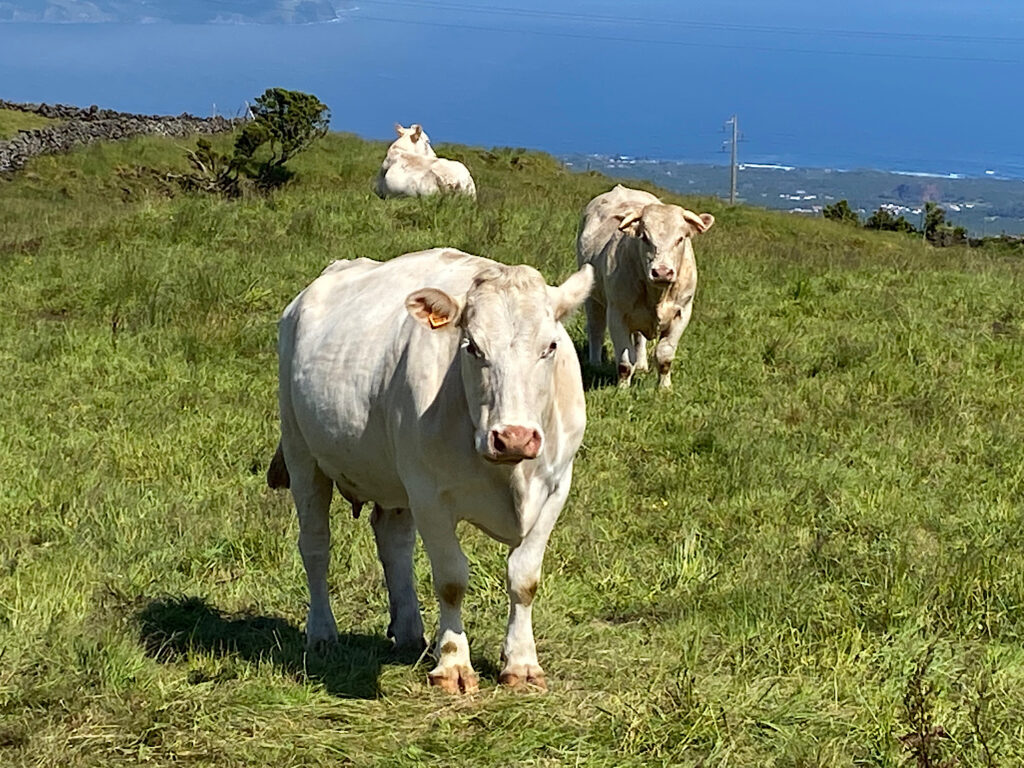
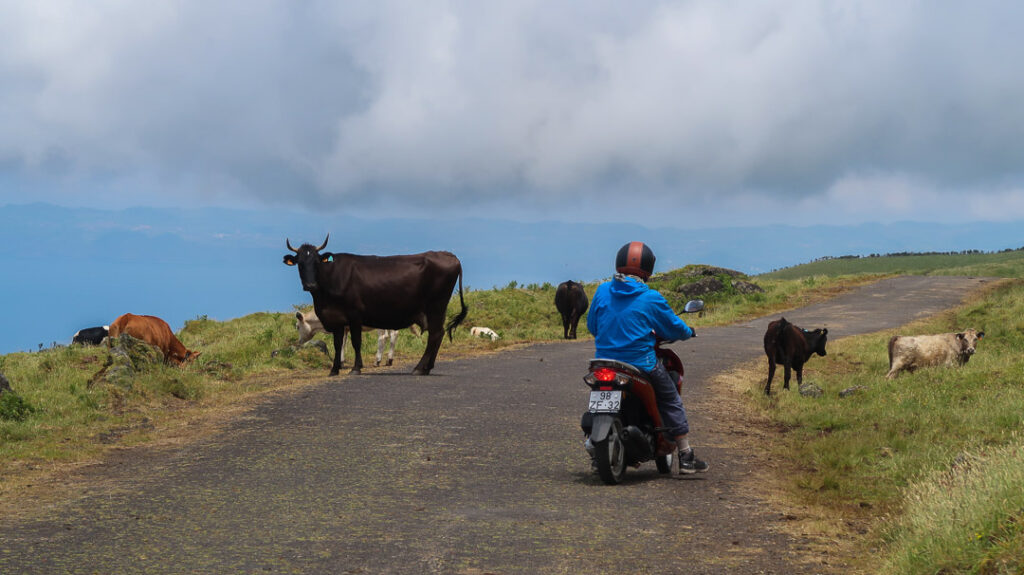
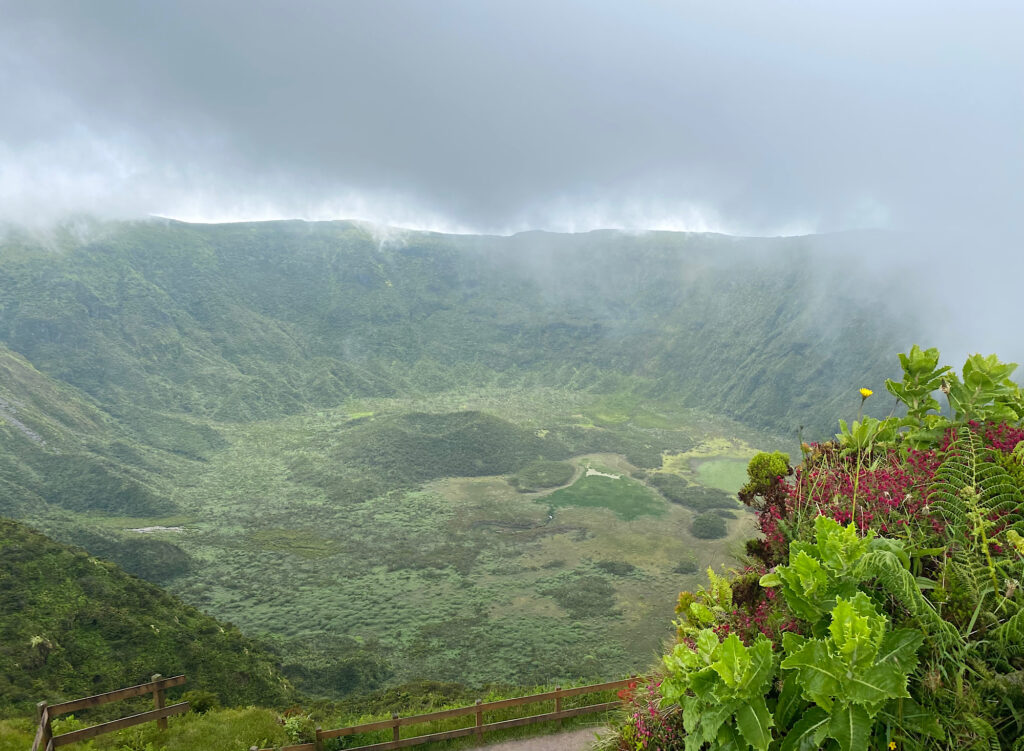
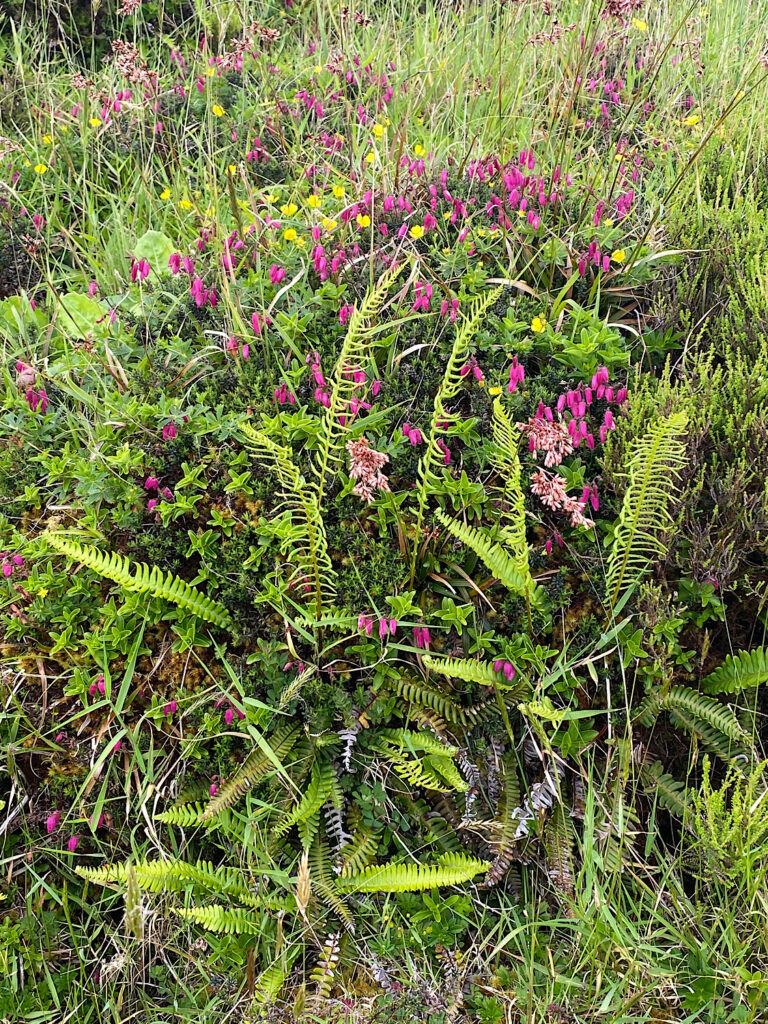
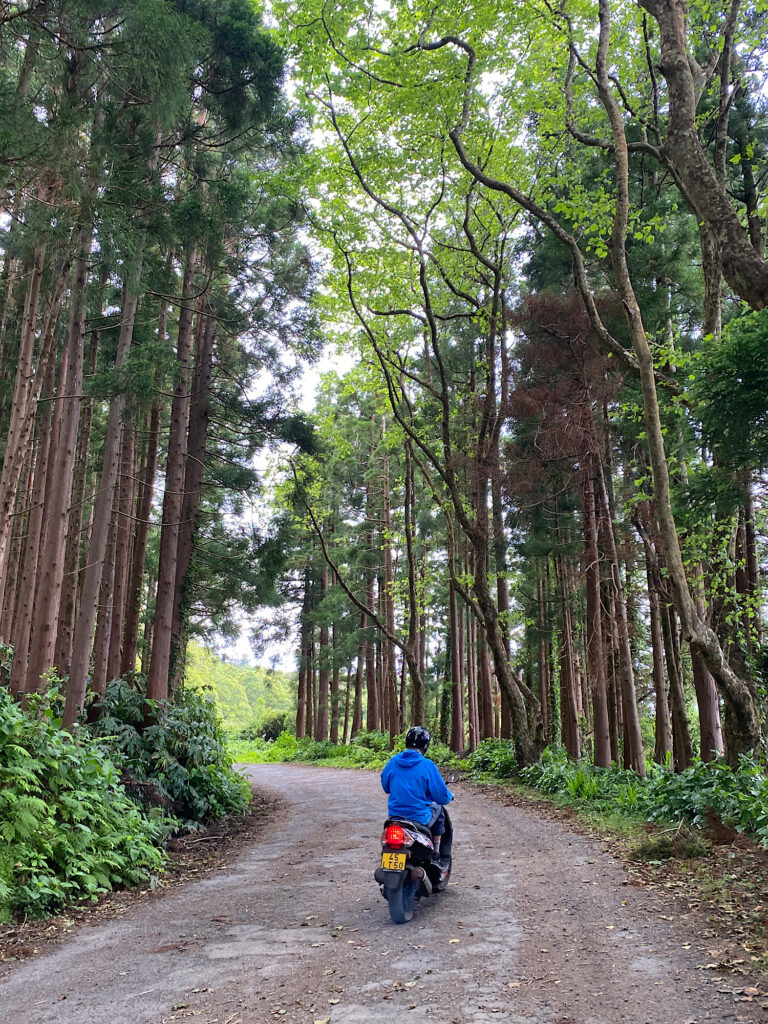
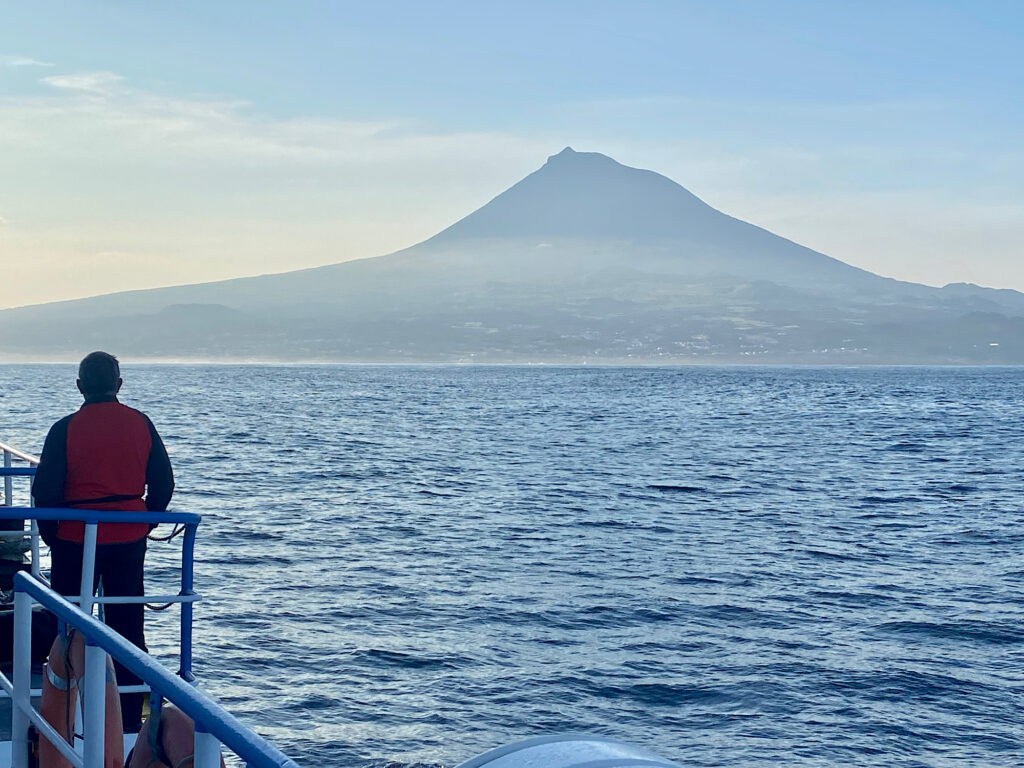
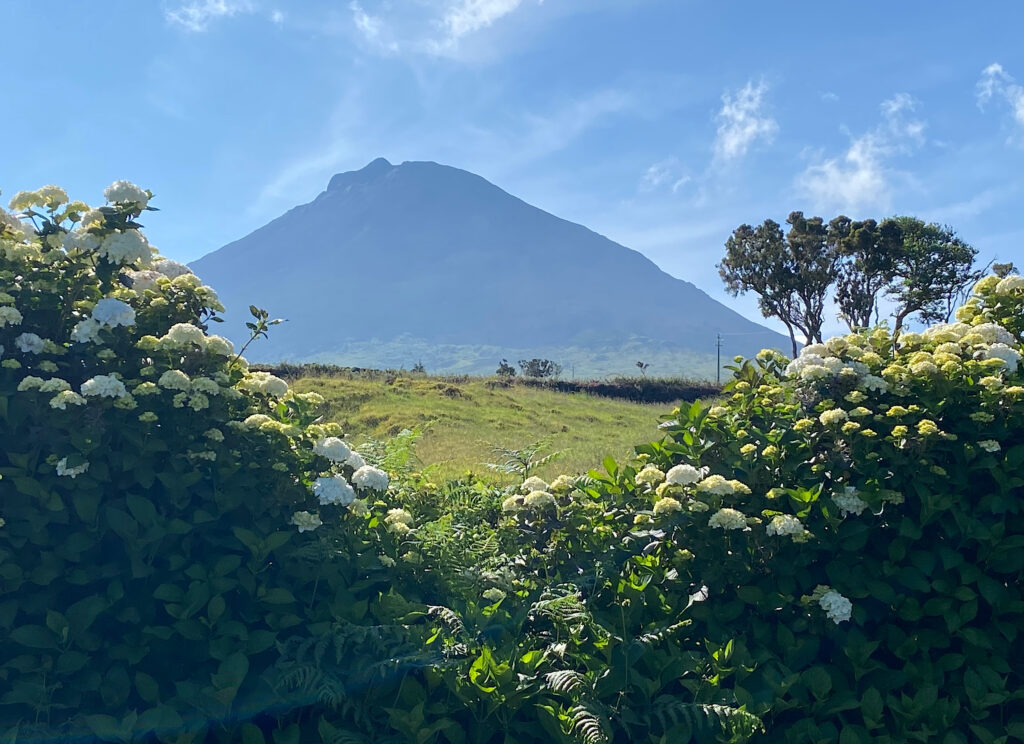
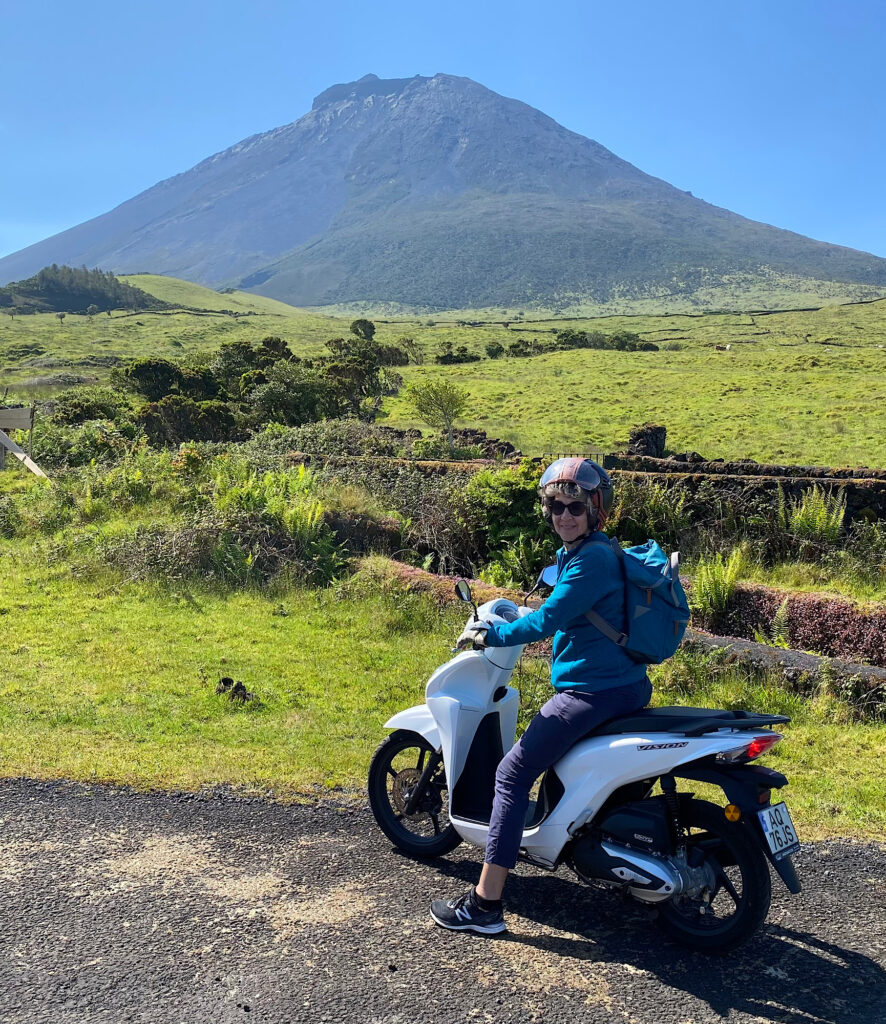
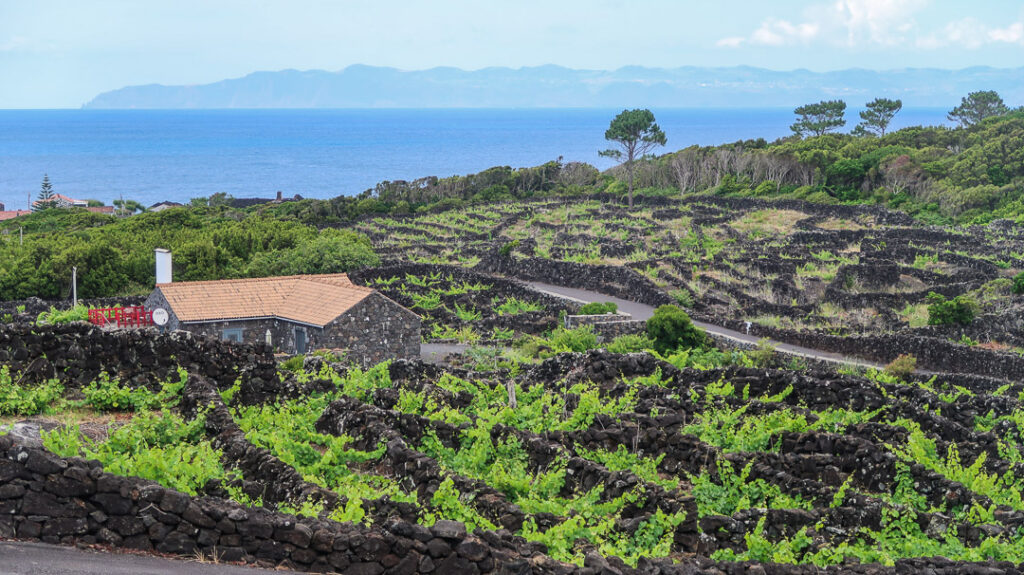
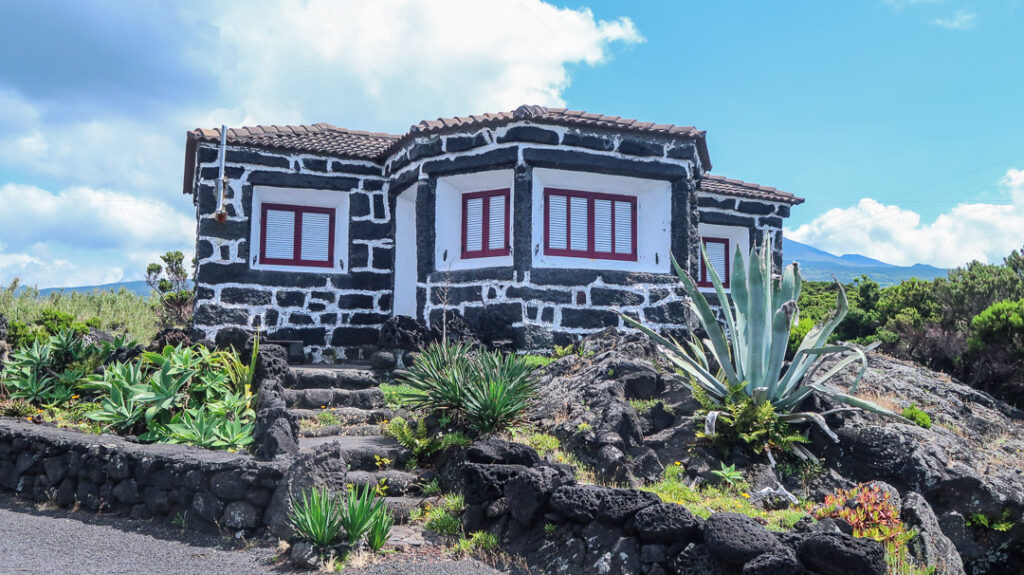
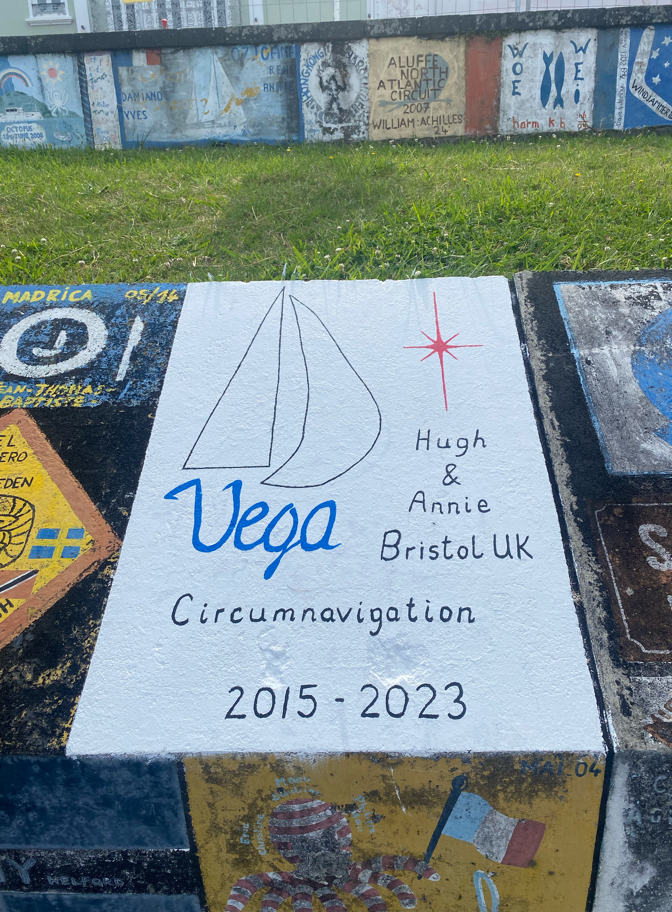
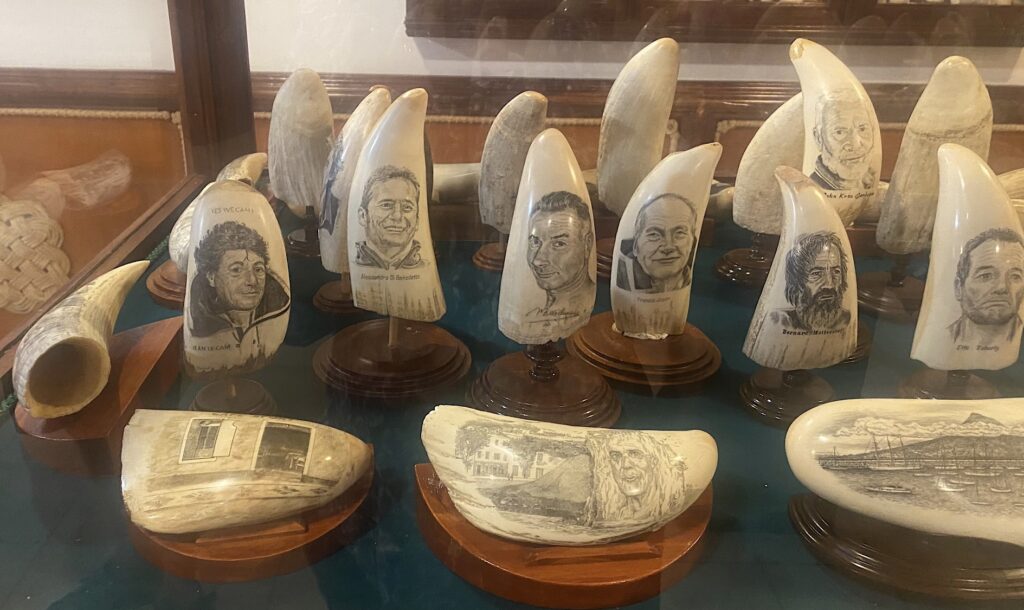
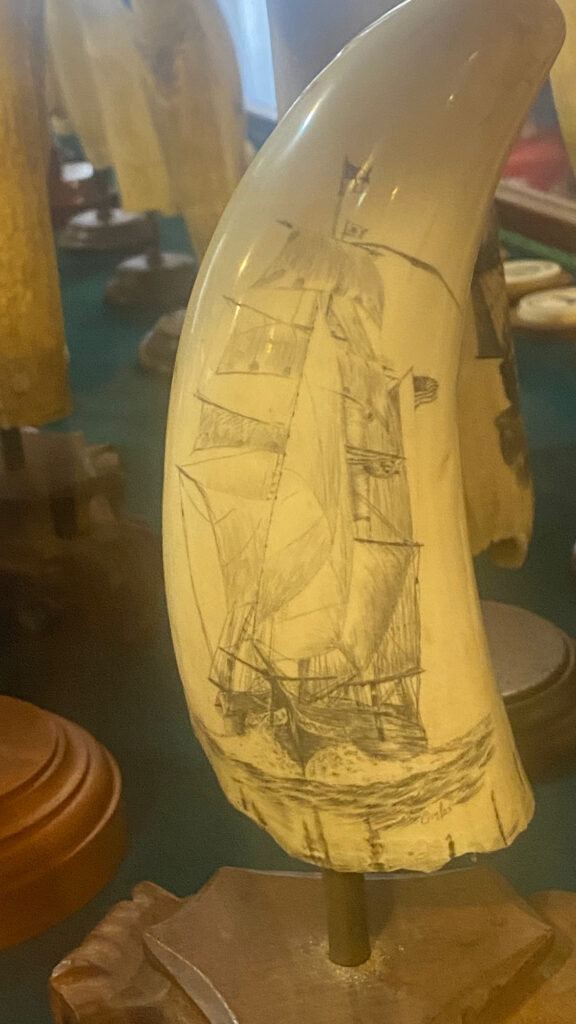
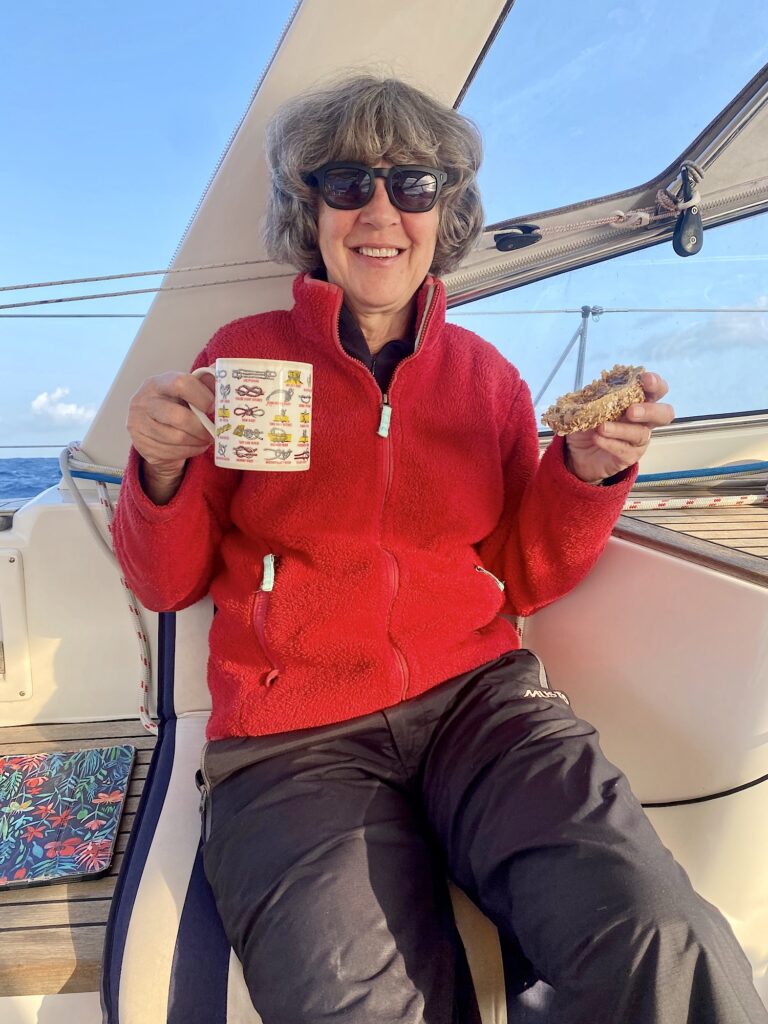
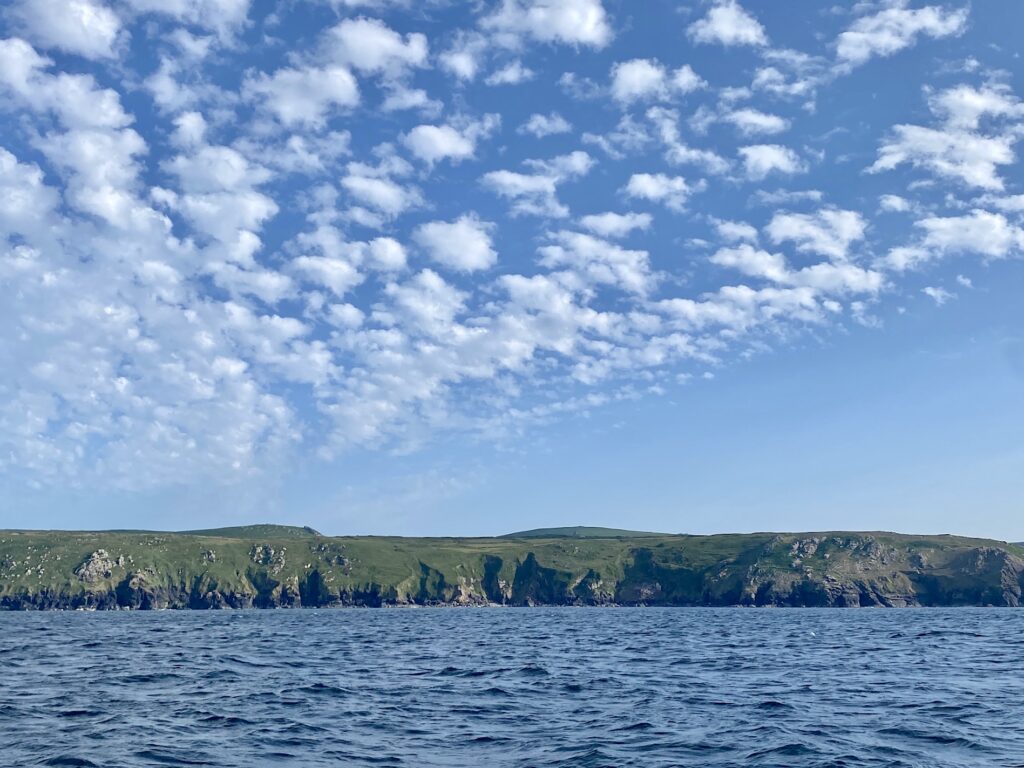
6 Comments
Paul Bayley
June 10, 2024 - 12:16 pmWell done, I have missed your posts, perhaps you should do it again but go the other way this time. It has been great reading about all your time and visits.
I hope you enjoy this years sailing.
We are currently enjoying the sun and warmth in Kefalonia.
annie
June 11, 2024 - 11:26 amHi Paul, thank you so much and for your regular comments. Hmmm.. the other way round? Unlikely 😂😂. Enjoy the sun in Kefalonia, we could do with some here. x
Gerard Smart
June 10, 2024 - 2:46 pmI have read every post that you have sent and will miss them. Is there a plan for publication?? The next edition based on Hugh’s plans are eagally awaited. If you ever come Falmouth way we would love to see you. I do miss sailing but sadly my body .prevents it despite many Regards to Nick my first class Flying Fifteen crew ff for ever !!
Gerard and Jill.
annie
June 11, 2024 - 11:23 amHi Gerard Thank you and thanks for being a faithful reader. I’ve enjoyed all your comments. A photo book of the blog (or several editions) is planned. We do hope to see you again one day x
Peter Baylis
June 14, 2024 - 7:32 amHi Annie. I enjoyed your last post as much as all the others. You definitely have the makings of a book there. Congratulations on joining the elite band of circumnavigators – many talk about it few do it!
Interested to read that Hugh fancies a motorcycle – I just sold mine after a lifetime of owning bikes.
Hope to see you sometime for more stories. Love, Pete.
Annie
July 22, 2024 - 4:22 pmHi Pete
I’ve only just spotted your comment! Thank you. Wonderful to hear from you and I hope we can get together soon xx